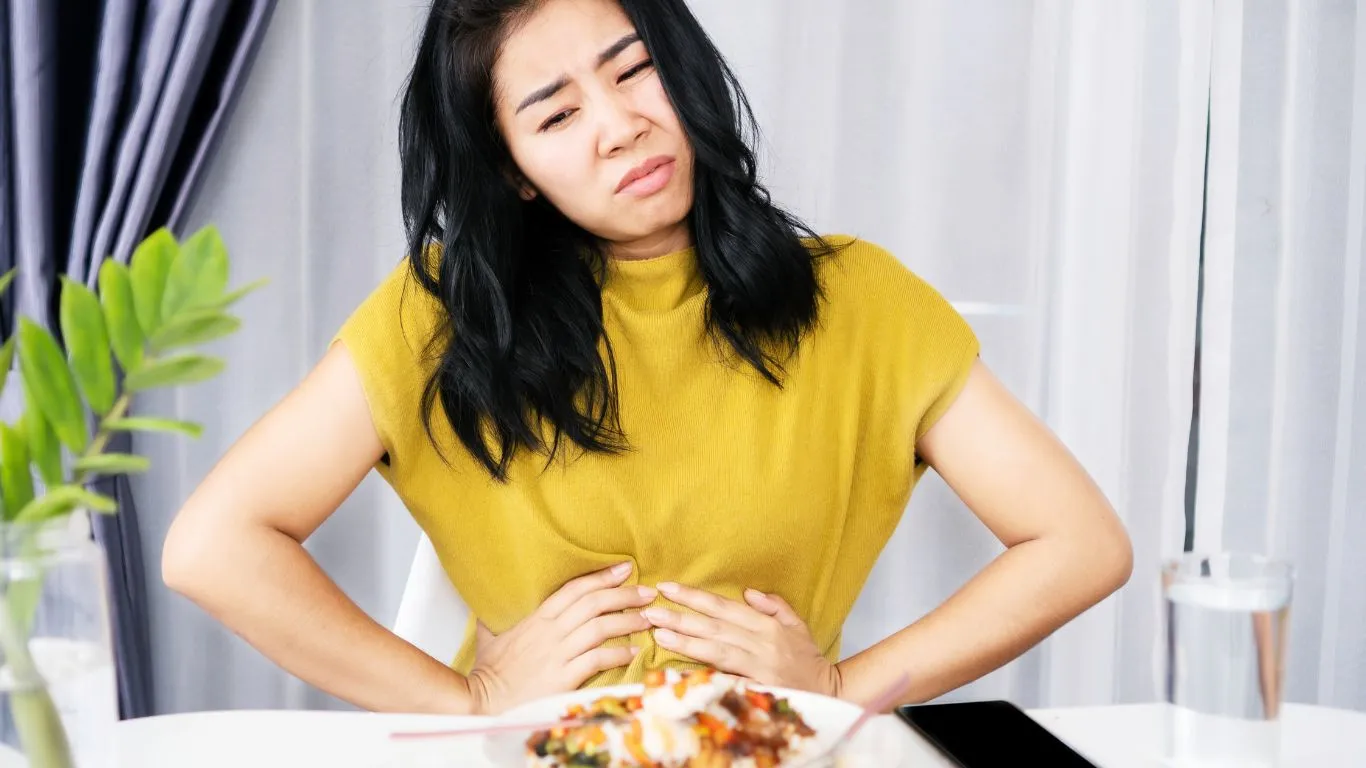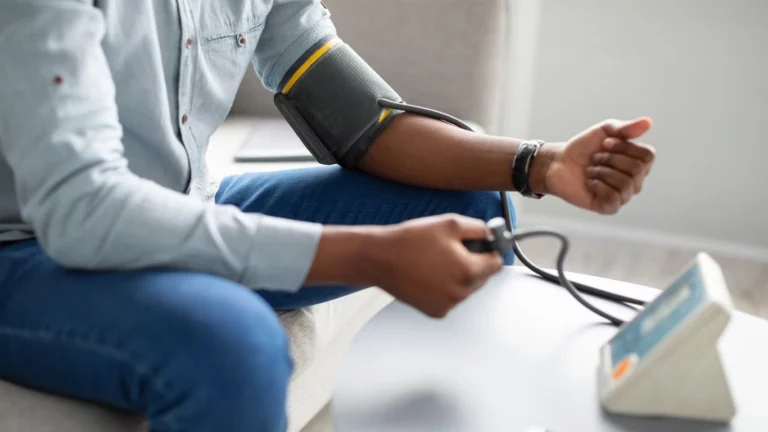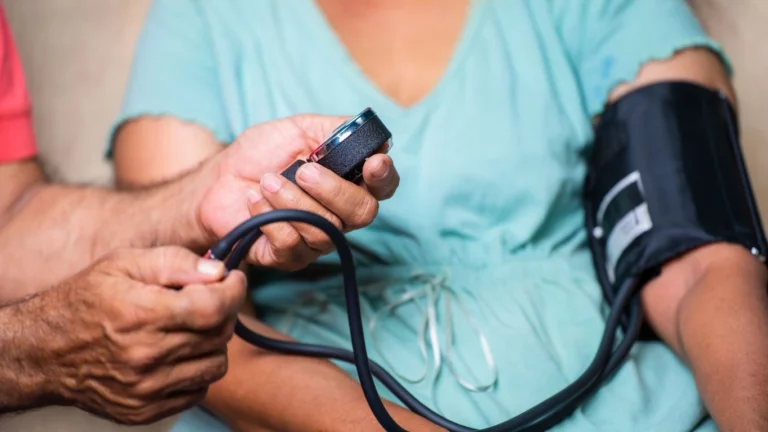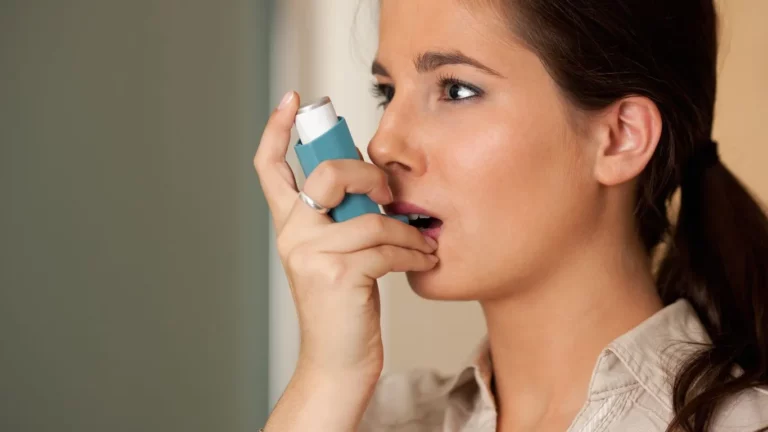Stop Acid Reflux After Eating: Proven Tips for Immediate Relief
Ever felt that fiery sensation creeping up your chest right after a meal? If so, you’re not alone. Many people struggle with acid reflux, and as someone who’s spent years specializing in digestive health, I’ve seen firsthand how frustrating it can be. The good news? You don’t have to suffer endlessly. In this guide, I’ll walk you through how to prevent acid reflux after eating—practical, real-world strategies that have helped my patients (and even myself) keep that uncomfortable burn at bay.
What Exactly Is Acid Reflux?
Before we dive into the prevention strategies, let’s break it down. Acid reflux happens when stomach acid flows back into your esophagus, causing that notorious burning sensation, also known as heartburn. If it happens frequently, you might be dealing with GERD (Gastroesophageal Reflux Disease). Trust me, I’ve seen countless patients ignore the early signs, only to regret it later.
Common Symptoms to Watch For
- Burning sensation in your chest or throat
- Regurgitation of food or sour liquid
- Chronic cough or sore throat
- Feeling of a lump in your throat
- Bloating or excessive burping
Why Does Acid Reflux Happen?
Understanding the why behind acid reflux can help us tackle the problem head-on. Here are some of the most common triggers I’ve observed in my practice:
1. Overeating
Let’s be real—sometimes, we just love food too much. But stuffing your stomach to the brim puts extra pressure on your lower esophageal sphincter (LES), making it easier for acid to creep up.
2. Lying Down Too Soon After Eating
Ever felt like taking a nap right after a big meal? Bad idea. Gravity helps keep stomach acid where it belongs, so when you lie down too soon, you’re inviting reflux to the party.
3. Certain Foods and Drinks
As much as I love a good cup of coffee, I had to cut back when I realized it was making my reflux worse. Here are some major culprits:
- Spicy foods (sorry, hot sauce lovers!)
- Citrus fruits and juices
- Tomato-based dishes
- Caffeine and carbonated drinks
- Fatty and fried foods
- Chocolate (yes, I know—it’s heartbreaking!)
How to Prevent Acid Reflux After Eating

Now for the part you’ve been waiting for—real, practical tips to prevent that post-meal burn. These aren’t just textbook solutions; they’re tried-and-true methods that have worked for my patients and myself.
1. Eat Smaller, More Frequent Meals
One of the simplest yet most effective ways to prevent acid reflux is to avoid overloading your stomach. Instead of eating three large meals, try having five or six smaller ones throughout the day.
2. Slow Down and Chew Thoroughly
I used to be guilty of scarfing down meals in record time. But when you eat too fast, your stomach has to work harder to break down food, which can lead to reflux. Take your time, chew properly, and savor each bite—it makes a difference.
3. Stay Upright After Eating
Resist the urge to crash on the couch right after dinner. Instead, try standing, walking, or even doing light chores for at least 30 minutes. Keeping your body upright allows gravity to do its job and keep stomach acid where it belongs.
4. Watch Your Beverage Choices
It’s not just about what you eat, but also what you drink. If you’re prone to acid reflux, be mindful of drinks that can trigger it. Swap out coffee, soda, and alcohol for herbal teas, water, or alkaline-rich beverages.
5. Loosen Up—Literally!
Wearing tight clothing, especially around your waist, can put pressure on your stomach and force acid up into your esophagus. If you’re heading out for a big meal, opt for comfortable, loose-fitting clothes.

Final Thoughts (For Now!)
Preventing acid reflux after eating isn’t about making extreme sacrifices—it’s about small, sustainable changes that can have a big impact. By being mindful of portion sizes, meal timing, and food choices, you can enjoy meals without the dreaded post-eating burn.
More Ways to Prevent Acid Reflux After Eating

We’ve already covered some essential tips to keep acid reflux at bay, but there’s more to the story. Over the years, I’ve learned that small lifestyle tweaks can make a world of difference. These additional strategies have not only worked for my patients but have personally helped me avoid those uncomfortable post-meal flare-ups.
6. Avoid Late-Night Snacking
This is a big one. I used to love grabbing a late-night snack while watching TV, but trust me, it’s one of the worst things you can do if you’re prone to acid reflux. Your digestive system needs time to process food before you lie down, so try to finish eating at least three hours before bedtime.
For example, if you typically sleep at 10 PM, make sure your last meal or snack is no later than 7 PM. This gives your stomach enough time to digest food properly and reduces the risk of acid sneaking back up your esophagus while you sleep.
7. Elevate Your Head While Sleeping
If nighttime reflux is a problem, you might want to rethink how you sleep. Lying flat makes it easier for stomach acid to travel up your esophagus. Instead, try elevating the head of your bed by 6 to 8 inches. You can do this with a wedge pillow or by placing sturdy blocks under your bed frame.
Avoid just stacking pillows—this can cause your body to bend awkwardly, making things worse. When done right, elevation uses gravity to keep acid where it belongs.
8. Manage Stress Levels
Ever noticed how your digestive system goes haywire when you’re stressed? That’s not a coincidence. Stress doesn’t directly cause acid reflux, but it can worsen symptoms by increasing stomach acid production and slowing digestion.
Personally, I’ve found that simple relaxation techniques help keep my digestive system happy. Try these:
- Deep breathing exercises: A few slow, deep breaths can work wonders.
- Meditation: Even five minutes of mindfulness can help calm your gut.
- Light exercise: Walking, yoga, or stretching can reduce stress and aid digestion.
- Journaling: Writing down worries can clear your mind and help you relax.
Foods That Help Prevent Acid Reflux

It’s not just about what to avoid—some foods can actually help prevent acid reflux after eating. These foods support digestion, reduce inflammation, and keep acid levels in check.
Best Foods for Acid Reflux Prevention
- Oatmeal: A gentle, non-acidic breakfast option that absorbs stomach acid.
- Bananas: Naturally low in acid, bananas coat the stomach lining and help prevent irritation.
- Ginger: One of my go-to remedies! A small piece of fresh ginger or ginger tea can soothe digestion.
- Leafy greens: Spinach, kale, and other greens are alkaline and easy on the stomach.
- Lean proteins: Skinless chicken, turkey, and fish are better choices than fatty cuts of meat.
- Healthy fats: Avocados, nuts, and olive oil can help reduce inflammation.
- Melons: Cantaloupe, honeydew, and watermelon are low in acid and great for hydration.
Herbal Teas That Soothe Acid Reflux
Sometimes, a warm cup of tea is all you need. But be careful—some teas (like peppermint) can worsen acid reflux. Instead, go for:
- Chamomile tea: Calms the stomach and reduces inflammation.
- Ginger tea: A powerful natural digestive aid.
- Licorice root tea: Can help coat and protect the esophagus.
- Slippery elm tea: Creates a soothing layer in the digestive tract.
Habits That Worsen Acid Reflux (And What to Do Instead)

Even if you’re eating the right foods, certain habits can still trigger acid reflux. Here are some of the most common mistakes I see and how to fix them.
1. Drinking Too Much Liquid with Meals
It might sound strange, but drinking too much water during meals can actually dilute stomach acid, making digestion less efficient. Instead, sip small amounts while eating and hydrate before or after meals.
2. Eating in a Rush
Rushing through meals leads to poor digestion and increases the likelihood of acid reflux. If you’re always eating on the go, try setting aside at least 20 minutes for meals. Put your phone down, chew thoroughly, and focus on enjoying your food.
3. Wearing Tight Clothes
I’ve mentioned this before, but it’s worth repeating: tight belts, skinny jeans, or any clothing that puts pressure on your stomach can push acid upwards. If you have an important meal coming up, choose comfortable outfits that don’t squeeze your midsection.
4. Eating Too Close to Exercise
Exercise is great for overall health, but timing matters. Doing intense workouts—especially activities that involve bending (like crunches or yoga poses)—right after eating can force stomach acid up. Wait at least one to two hours before engaging in physical activity.
5. Ignoring Chronic Symptoms
If you’re frequently dealing with acid reflux despite making these changes, it might be time to see a doctor. Long-term reflux can lead to more serious conditions like esophagitis or Barrett’s esophagus. It’s always better to address the issue early rather than wait for complications.
In the next section, we’ll explore even more advanced strategies to keep acid reflux under control, including natural remedies, medical treatments, and when to seek professional help.
Natural Remedies to Prevent Acid Reflux After Eating

Sometimes, making lifestyle changes isn’t enough, and you might need an extra boost. Over the years, I’ve seen patients find relief through natural remedies. While they won’t replace medical treatment if you have severe acid reflux, they can certainly help manage symptoms in a gentle, effective way.
1. Apple Cider Vinegar (ACV)
It may sound counterintuitive to drink something acidic when dealing with acid reflux, but raw, unfiltered apple cider vinegar can actually help balance stomach acid. The key is to dilute it properly—mix one tablespoon of ACV with a glass of water and drink it before meals.
Some people swear by this remedy, but I always tell my patients to start slow. If it worsens your symptoms, skip it!
2. Aloe Vera Juice
Aloe vera isn’t just for sunburns—it can soothe your esophagus and reduce inflammation. Drinking a small glass of aloe vera juice (about ¼ cup) before meals may help calm acid reflux symptoms.
Just be sure to choose pure, organic aloe vera juice with no added sugars or artificial ingredients.
3. Baking Soda Solution
If you need fast relief, baking soda can act as a natural antacid. Mix ½ teaspoon of baking soda in a glass of water and drink it slowly. This helps neutralize stomach acid and provides temporary relief.
However, I don’t recommend using this too often, as it can disrupt your body’s pH balance.
4. Chewing Gum
Believe it or not, chewing sugar-free gum after meals can reduce acid reflux. It increases saliva production, which helps wash acid back down into your stomach. I personally keep a pack of sugar-free gum in my bag for those unexpected flare-ups.
5. Slippery Elm
Slippery elm has been used for centuries to treat digestive issues. It coats and protects the esophagus, reducing irritation from acid reflux. You can take it as a tea, lozenge, or supplement.
When to Seek Medical Help for Acid Reflux

While home remedies and lifestyle changes can help, there are times when acid reflux requires medical attention. If you’re experiencing any of the following, it’s time to see a doctor:
Signs You Shouldn’t Ignore
- Frequent heartburn (more than twice a week)
- Difficulty swallowing (feeling like food is getting stuck)
- Unexplained weight loss (especially if paired with reflux symptoms)
- Chronic cough, sore throat, or hoarseness
- Feeling of a lump in your throat that won’t go away
- Chest pain (always rule out heart-related issues first!)
These symptoms could indicate GERD (Gastroesophageal Reflux Disease) or even more serious complications like Barrett’s esophagus or esophageal ulcers. Your doctor might recommend medications like proton pump inhibitors (PPIs), H2 blockers, or in severe cases, surgery.
Acid Reflux Prevention: The Bottom Line
Preventing acid reflux after eating isn’t about giving up everything you love—it’s about finding balance. Through my years of experience, I’ve seen patients make small adjustments that led to big improvements in their digestive health. It all comes down to a combination of:
- Eating smaller, more frequent meals
- Avoiding trigger foods and beverages
- Staying upright after meals
- Managing stress and incorporating natural remedies
- Recognizing when medical help is needed
Every body is different, so don’t be discouraged if it takes some trial and error to figure out what works best for you. By making mindful choices, you can enjoy your meals without the fear of heartburn.
Frequently Asked Questions (FAQs)
1. What is the fastest way to stop acid reflux?
If you’re dealing with sudden acid reflux, try drinking a glass of water, chewing sugar-free gum, or taking a spoonful of aloe vera juice. For instant relief, an antacid like Tums or Gaviscon can help.
2. Can drinking water help with acid reflux?
Yes, but timing matters! Drinking water between meals can help dilute stomach acid, but too much liquid during meals may make reflux worse.
3. Does milk help acid reflux?
This is a common myth! While milk may provide temporary relief, full-fat dairy can actually trigger reflux. If you want to try milk, opt for low-fat or plant-based alternatives.
4. Are bananas good for acid reflux?
Yes! Bananas are naturally low in acid and can help coat the stomach lining. They’re a great snack if you have frequent reflux.
5. How long does acid reflux last after eating?
It depends on the person. For some, symptoms last 30 minutes to an hour. For others, it can linger for several hours. Making the right lifestyle changes can help shorten episodes.
References
Disclaimer
The information in this article is for educational purposes only and should not be considered medical advice. If you are experiencing persistent acid reflux symptoms, consult a healthcare professional.

Camellia Wulansari is a dedicated Medical Assistant at a local clinic and a passionate health writer at Healthusias.com. With years of hands-on experience in patient care and a deep interest in preventive medicine, she bridges the gap between clinical knowledge and accessible health information. Camellia specializes in writing about digestive health, chronic conditions like GERD and hypertension, respiratory issues, and autoimmune diseases, aiming to empower readers with practical, easy-to-understand insights. When she’s not assisting patients or writing, you’ll find her enjoying quiet mornings with coffee and a medical journal in hand—or jamming to her favorite metal band, Lamb of God.






